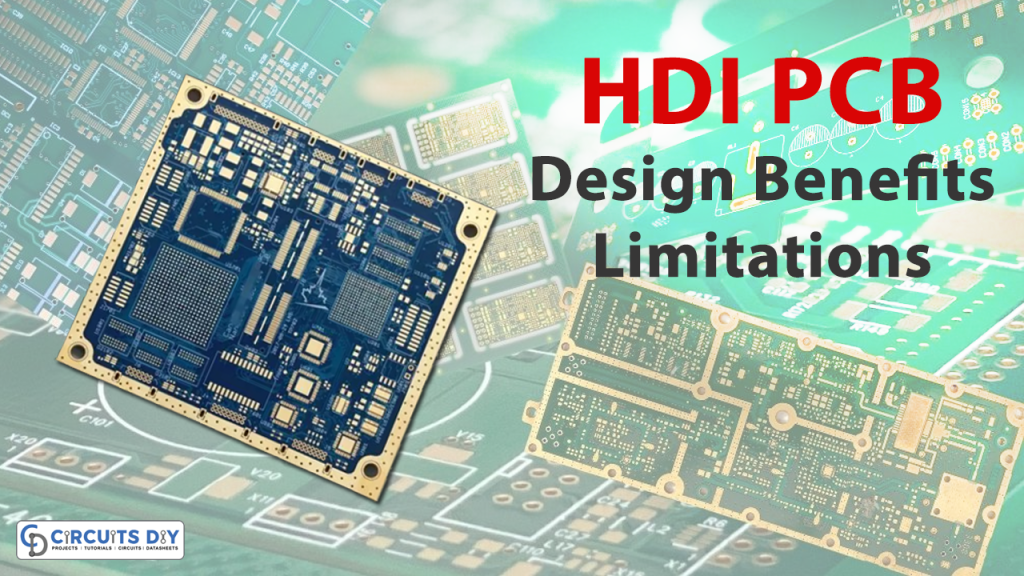High-Density Interconnect (HDI) PCBs represent a significant development in printed circuit panel technology, providing remarkable performance in lightweight electric devices. Unlike standard PCBs, HDI PCBs leverage advanced manufacturing techniques to attain higher enterprise densities and smaller variety factors. This permits for the integration of more components and performance right into a smaller room, making them ideal for purposes wherever measurement and fat are critical factors.
Among the key top features of HDI PCBs is their utilization of microvias, which are tiny holes drilled to the PCB substrate to generate connections between various levels of the board. These microvias allow more effective redirecting of signals and power, lowering indicate loss and increasing over all electric performance. Also, HDI PCBs may integrate numerous layers of circuitry, more enhancing their functionality and flexibility.
The lightweight size and high-density design of HDI PCBs also contribute to increased signal strength and reliability. With shorter indicate routes and reduced electromagnetic disturbance, HDI PCBs can help higher-speed knowledge indication and more technical digital designs. This makes them well-suited for used in sophisticated technology such as for example smartphones, pills, wearables, and automotive systems.
As well as their electric performance benefits, HDI PCBs present advantages when it comes to manufacturing performance and cost-effectiveness. By consolidating numerous parts onto an individual panel, HDI PCBs reduce the need for extra assembly measures and interconnects, streamlining the creation method and lowering overall manufacturing costs. More over, their smaller size and light fat may result in savings on product and delivery expenses.
HDI PCB technology remains to evolve rapidly, pushed by the demand for smaller, stronger electric devices. Inventions such as for example piled microvias, successive lamination, and laser positioning are forcing the boundaries of what is possible with HDI PCBs, enabling flexible printed circuit board degrees of integration and performance. Consequently, HDI PCBs are poised to play a central role in the progress of next-generation electronics across a wide range of industries.
Despite their many advantages, developing and production HDI PCBs may present challenges, especially when it comes to design, impedance control, and thermal management. Developers should carefully consider facets such as for instance indicate integrity, energy distribution, and part location to ensure optimum performance and reliability. Furthermore, the usage of advanced production methods such as laser positioning and successive lamination needs particular gear and expertise.

Overall, HDI PCBs represent a significant development in printed circuit panel technology, providing a combination of good performance, small measurement, and cost-effectiveness that produces them suitable for a wide selection of applications. As technology continue to become smaller, lighter, and better, the demand for HDI PCBs is estimated to develop, driving more development in the field.
